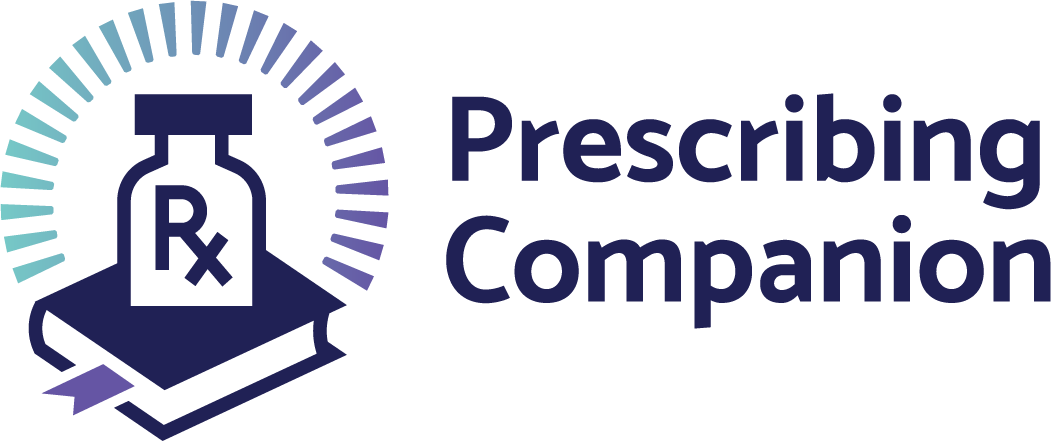This is diarrhoea of sudden onset, often short-lived and is self-limiting. It requires no investigation or treatment. It is often seen after dietary indigestion. It may also be as a result of infections.
Acute diarrhoea in children
This is common of viral origin (e.g. Rotavirus, Norwalk virus, Adenoviruses or Enterovirus), but may also be caused by bacteria or other parasitic infections.
Clinical features
In addition to diarrhoea, there may be fever, abdominal pain and vomiting. If the diarrhoea is particularly severe, dehydration can be a problem.
With mild dehydration, there may be no signs. With moderate dehydration, the child may present with the following:
- Irritability, restlessness, sunken eyes
- Dry mouth and tongue, absence of tears
- Thirst
- Skin pinch goes back slowly
With severe dehydration, the child may present with:
- Lethargy or loss of consciousness
- Absence of tears
- Very dry mouth and tongue
- Thirst associated with poor drinking
- Skin pinch that goes back very slowly
Treatment
- Investigations are necessary if diarrhoea has lasted more than 1 week. In the meantime, supportive treatment should be given.
- Stools should be sent for microscopy and culture; any infective causes should be treated appropriately.
- Fluid management - See section on Cholera.
- In addition, the child should continue to feed on breast milk or other feeds.
- Anti-diarrhoeal drugs are not recommended.
Prevention:
- Acute Provision of clean water/sanitation
- Good disposal of faecal matter
- Boiling drinking water
- Chlorination of drinking water
- Personal hygiene - handwashing preferably with soap and running water after use of the toilet, when preparing food and before eating.
Diarrhoea in adults
Clinical features
In addition to diarrhoea, there may be fever, abdominal pain and vomiting. Dehydration can also be a problem if the diarrhoea is severe. This may be mild, moderate or severe in nature.
- Mild dehydration: The patient does not show enough signs to classify as moderate or severe dehydration.
- Moderate dehydration: The patient has two or more of the following signs:
- Restlessness
- Irritability
- Sunken eyes
- Dry mouth and tongue
- Absence of tears
- Thirsty, drinks eagerly
- Severe dehydration: The patient is classified as having severe dehydration if there are two or more of the following signs:
- Lethargic or unconscious; floppy
- Absence of tears
- Very dry mouth and tongue
- Very thirsty, drinks poorly or unable to drink
- Pinched skin goes back very slowly
Other signs in adults and children above 5 years are absent radial pulse and low blood pressure.
Diagnosis
Investigations are necessary if the diarrhoea lasts more than one week, i.e. stool microscopy, culture and drug susceptibility.
Treatment
- Fluid replacement
Fluid therapy (see the section on Cholera) - Drug treatment
In chronic diarrhoea and HIV-related diarrhoea where the cause has not been found:- Loperamide 2mg three times daily
- Codeine phosphate 30mg four times daily
Any infective causes should be treated according to antimicrobial sensitivity patterns.
Prevention
As for acute diarrhoea in children.
